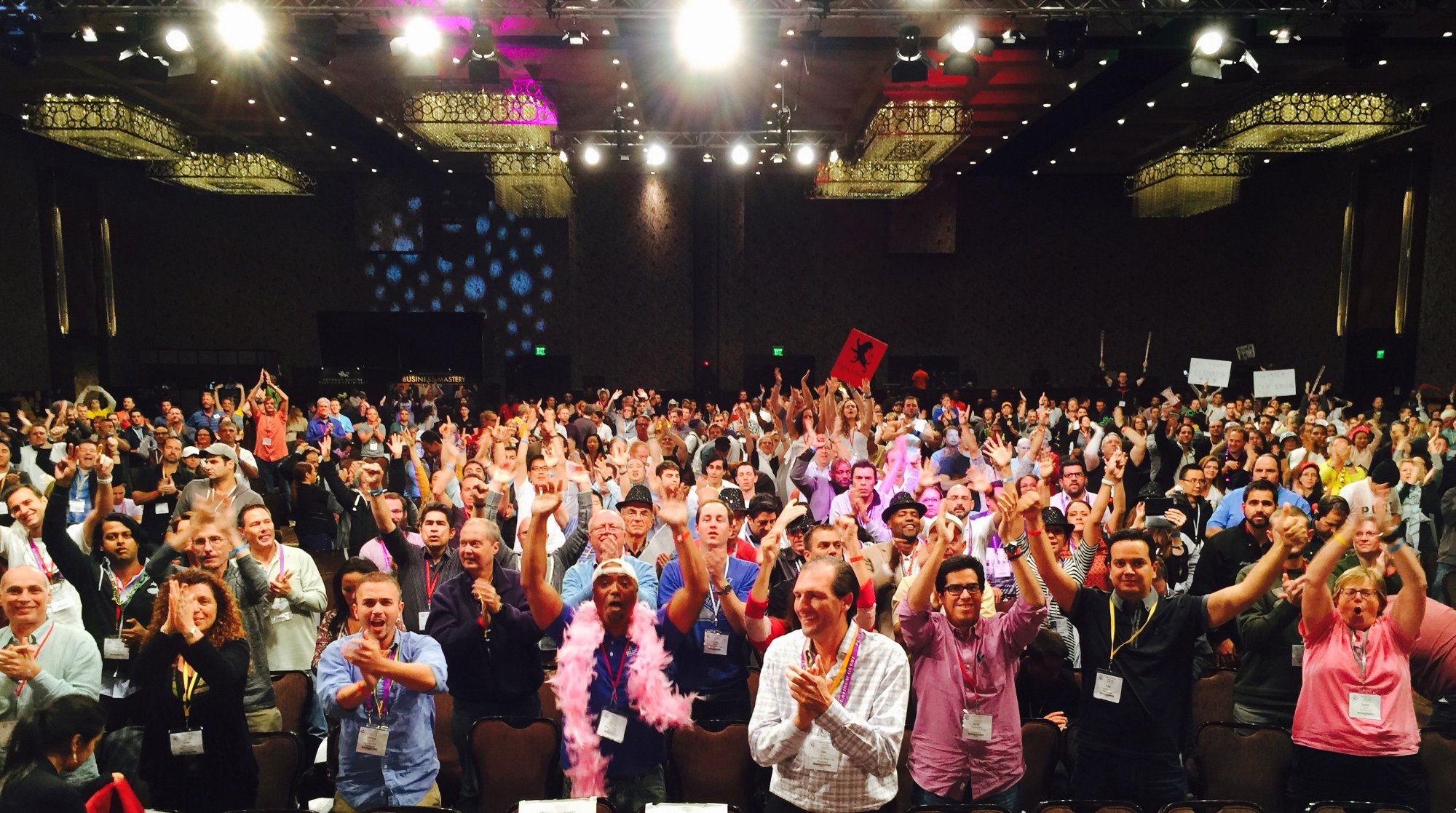Keeping good employees continues to be a challenge for senior living providers.
The biggest stumbling block for many hiring managers? Thinking the problem is ‘out there.’
Tell me if this sounds familiar. When asked why your community is struggling with employee engagement – think high turnover, poor morale, consistently open positions – the response is always the same:
“Well, it can’t be me. I’m a great manager.”
Whether you’ve heard these words from a colleague or even your own lips, it’s an engagement-sapping mindset I want you to trade in fast.
Here’s why. Even if your employee engagement problems are due to forces beyond your control, there are things you can do to mitigate the effects of even the worst external conditions, turning your community into a haven of consistent, orderly structure, with happy team members and even happier residents.
1. Communicate early and often
Good communication is the key to building and maintaining an engaged team. Think about it: how often do you check in – and I mean really check in – with your employees? If you’re like most busy managers, every day is defined by putting out fires and cramming a week’s worth of work into 8-10+ hours. Check-ins are relegated to infrequent reviews, when you remember to schedule them.
But how can you know if your team is engaged at work if you’re only asking once a quarter, or worse yet, annually? Wouldn’t it be nice to know in real-time where your team’s engagement levels stand? With that kind of visibility, you could quickly address lackluster morale by having one-on-one conversations.
I know what you’re thinking. “That’s great, Bradley. But how do I do that? And where do I find the time to have all these one-on-one conversations?”
Good question. Enter team building.
2. Build a stronger team
Team building exercises are a great way to counteract a disconnected workforce. Because of the 24-hour nature of our industry, it isn’t always possible to get everyone together in one place. But, team building doesn’t have to rely on elaborate events. You can encourage, connect and motivate your team with simpler gestures.
- Start 5-Minute Check-Ins. Love the idea of more frequent reviews but don’t have the time? Start small. First, create a checklist of all your team members. Then each week, touch base with 3-5 of them for a 5-minute chat. Ask how their work is going, if there is anything they’re struggling with, etc. Once you’ve worked your way through the spreadsheet, repeat.
- Create a Hero of the Moment. During meetings, set aside a few minutes for employees and managers to share a story about a fellow team member that went above and beyond in their role that day or week. Feature the Heroes on a bulletin board in the breakroom. The recognition makes your Heroes feel great and it keeps team members looking for opportunities to add value and acknowledge each other.
- Tap into your team’s’ network. Many of your employees may already know the perfect fit for your next hire. Why not involve your team in the hiring process and give them a voice in shaping their workplace? Ask your team at meetings or via email blasts for their referrals for open roles. Then keep them in the loop when you speak with their connections.
- Boost Engagement. If you really want to put your employee referral program into hyperdrive? Check out WorkTaps to drive employee referrals and engagement.
3. Be consistent
Nothing kills employee engagement faster than inconsistent or non-existent work practices and processes. It’s not enough to hand off employee handbooks during onboarding or discuss procedures during meetings. You need to enforce and support the processes in those documents, 24/7. Otherwise, resentment builds as rule-abiding employees watch their co-workers or even managers skate around “company policy.”
That doesn’t mean there will never be another exception or accommodation to existing processes. Constant fluctuations are part of life, especially for senior living providers. But they’re not an excuse for chaos. Consistent systems provide your team with a sense of structure and stability. In times of flux, they have a home base to refer back to.
4. Take charge of your culture
Whether you realize it or not, your community has a culture, even if it wasn’t intentionally created and nurtured. Your company culture is how people feel about the workplace and their role in it. Do they feel safe and supported? Do they understand the company’s mission and the part they play in accomplishing it? Do they know their purpose?
Leaders drive and shape company culture. That means your team looks to you for signals on how to relate to the workplace. A few pointers to supercharge your leadership efforts:
- Hold everyone accountable. This ties back into the earlier point about consistency. If you want a policy, process or system followed, you need to enforce it. That builds trust with your team. Special treatment erodes trust, leading to poor morale and performance.
- Model the behaviors you want to encourage. The old adage of ‘Do as I say, not as I do’ doesn’t fly in modern-day work environments. Today’s leaders show and tell their teams how to behave with their actions. That means if you want to encourage a culture of trust, openness and communication, it starts with you consistently initiating conversations with your team.
- Hire the right people. One reason I encourage employee referrals is because they’re the gold standard of hiring and the perfect ingredient for a strong company culture. Referral hires onboard faster, perform better and stay longer than non-referral hires. That means fewer vacancies, less stress on your team and more high-quality hires.
Boosting employee engagement is a long-haul game, but that doesn’t mean it should be an arduous, time-intensive commitment. Many of these tips are easy to implement. They just need the right person – you – to take the first step. And when you do, your team will thank you for it with improved morale, better productivity and less turnover.


